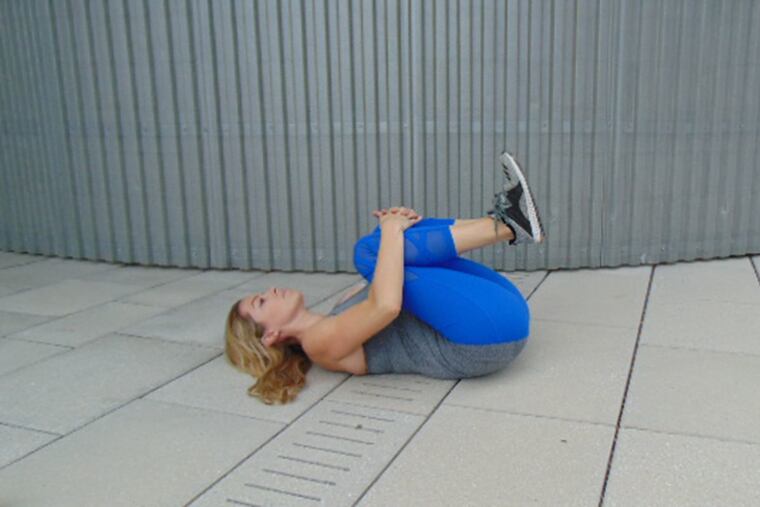Stiff muscles happen at any age. Here’s what to do.
Take the whine out of your rise and shine by practicing spine soothing stretches and better bedtime behaviors.

Do you remember the good old days when your body was loose and limber? You could roll out of bed and into your daily routine with ease and energy. But now, morning stiffness strikes before your feet even touch the floor.
There are a number of factors that contribute to your morning moans and groans. And it may surprise you to learn that age isn’t the sole source of joint stiffness. Although mature joints are more susceptible to a decline in bone density and cushiony cartilage, harmful daily habits can be the culprit for morning aches and pains, too.
Each day, we engage in seemingly safe, repetitive routines such as driving to work, hunching over a desk for prolonged periods of time, skipping post-workout stretches, awkwardly lifting large loads, and sleeping in coiled positions. This can add up to morning aches.
So whether your stiffness is linked to age, health, or lifestyle, the best remedy is to keep moving. While it may be tempting to stay still until the soreness passes, being sedentary only extends your discomfort. The body heals fastest when muscles and joints experience stimulation. This helps to improve flexibility, circulation, strength, and your body’s ability to briskly bounce out of bed at the start of each day.
Become a morning person again with the following before-breakfast stretches you can do in bed, or on a carpeted floor or mat.
Child’s pose
Start on all fours, aligning your shoulders over your wrists and hips over knees.
Push back at your hips, lowering your glutes toward your heels. Come as close as you can to connecting the two. Allow your arms to extend in front of your body as you rest your torso onto the mattress or pillow. For a deeper stretch, open your knees wider. Hold for 20 to 30 seconds.
Cat-cow
Return to your hands and knees. Take a deep breath in and drop your belly down toward the mattress, shifting your gaze and tailbone up toward the ceiling.
Now slowly exhale and shift your spine into an arch. Round your back, lightly tuck your tailbone and head. Relax and continue this cat-cow sequence for 10 counts.
Leg pull-in
Start on your back with your knees bent and feet planted on the mattress.
Pull your knees in toward your chest. Wrap your hands around your knees or shins, and apply light pressure as you pull your legs in. Hold here for 20 to 30 seconds. Keep your neck relaxed. You can add a light rock from side to side to massage your lower back against the bed.
A helpful addition to these joint and muscle-mending moves is to switch up your sleep position. By simply adjusting your posture, or using a few pillows, fragile joints can feel jolly again.
For back sleepers: Place a pillow behind your knees. This will keep your spine in a more neutral position, easing pressure on your lower back.
For side sleepers: When sleeping on your side, poor mattress support can cause your spine to dip and droop into an unnatural downward curve. Avoid this by making sure your pillow is the correct height to maintain alignment in your neck. Also, use a small pillow between your knees to protect your lower back.
For stomach sleepers: Stomach sleeping places a lot of tension on your neck and spine. If you have been sleeping in this position all your life and cannot adjust your habits, find a thin pillow and place it below your hips and pelvis to remove strain from your back.
Take the whine out of your rise and shine by practicing spine soothing stretches and better bedtime behaviors.
Ashley Blake Greenblatt is a certified personal trainer and wellness coach. To learn more about her virtual training program, visit ashleyblakefitness.com.